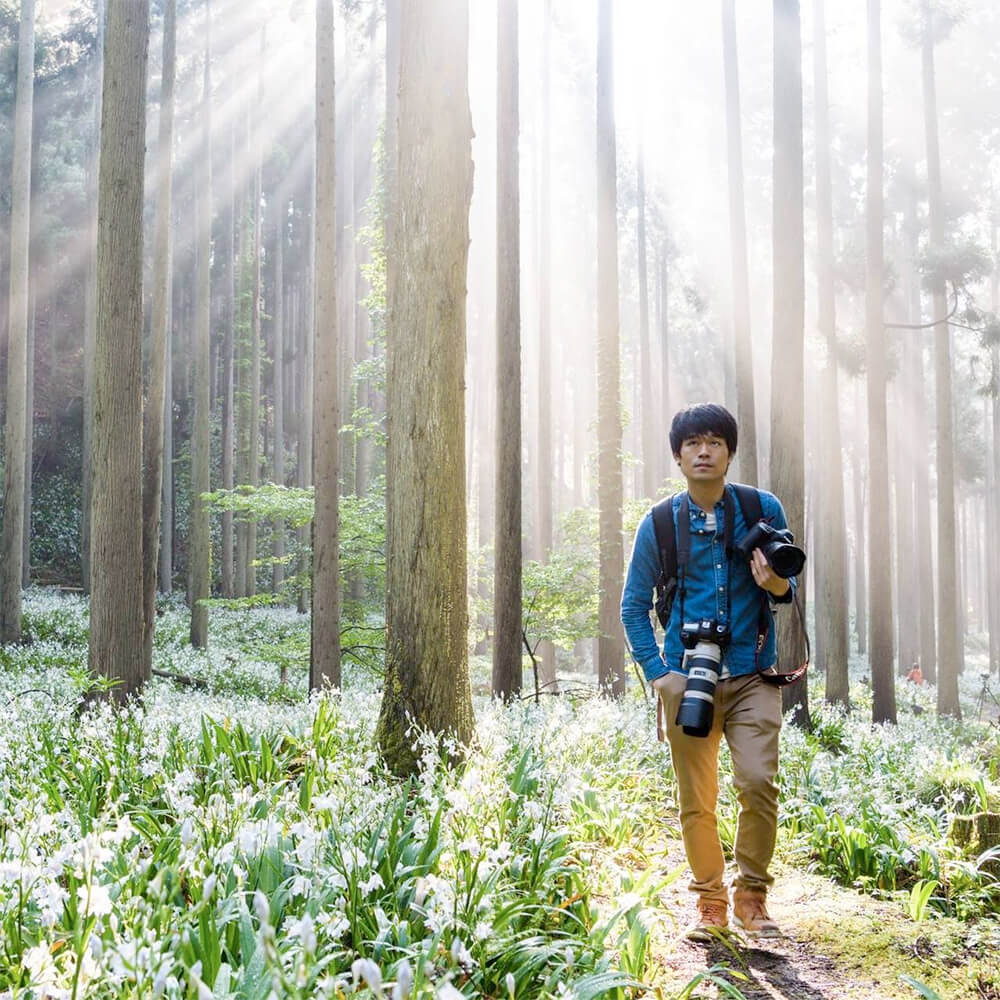Hidetoshi Ogata, born in Osaka, Japan in 1987, is a Japanese photographer. After taking an MSc in Biochemistry, he visited many places around the world to photograph landscapes. His fascination with traditional Japanese fire festivals began when he was 26 and photographed the annual Yassai Hossai fire festival at his birthplace Osaka. Since then, he has travelled around Japan photographing traditional local lore about fire preserved from the past, as part of his ongoing, long-term project, "In Awe of Fire". Ogata has also been working on wild macaques and regularly visits places like Nagano prefecture, Awaji island in Hyogo, and Shodoshima island in Kagawa. He was the 13th Smithsonian Photo Contest Natural World Winner and the National Geographic Travel Photographer of the Year 2018 People's Choice nomination. His work has been recognized in various photography competitions, including the LOOK SMITHSONIAN exhibition in Shanghai, and has appeared in magazines, TV programs and Web pages throughout the world such as the Washington Post, NY Daily News, the Daily Mail, CBS, Beijing TV and TV Tokyo.
Awards:
International Photography Awards (IPA) 2015 Honorable Mention
The 13th Smithsonian Photo Contest, Natural World Category, 1st Prize Winner
International Photography Awards (IPA) 2016 Honorable Mention
Outdoor Photographer of the Year 2017 Shortlist
National Geographic Travel Photographer of the Year 2018 Nature People's Choice nomination
Media:
The Washington Post, USA TODAY, NY Daily News, The Daily Mirror, The Daily Mail, The Daily Telegraph, El País, CBS News, National Geographic, National Geographic Travel
Publications:
Garuda Indonesia Colours December 2017
Outdoor Photographer of the Year Portfolio III
TV:
BTV, Sichuan Satellite TV, TV Tokyo
Photo Exhibition:
LOOK SMITHSONIAN Seoul, LOOK SMITHSONIAN Shanghai
